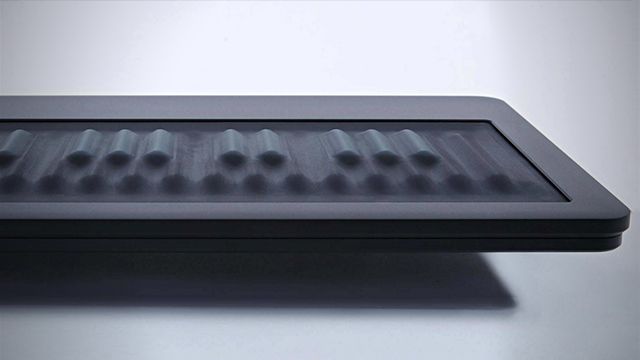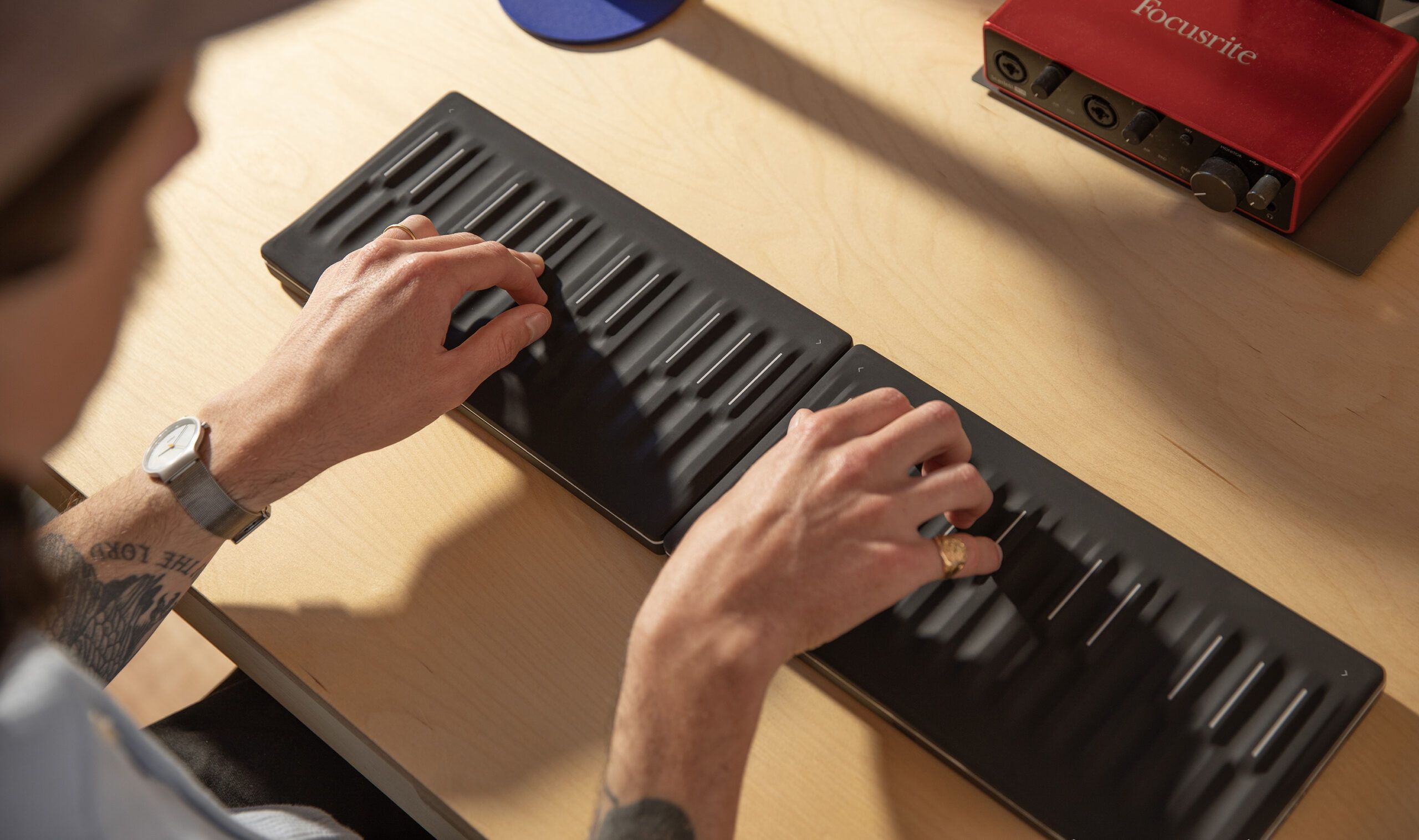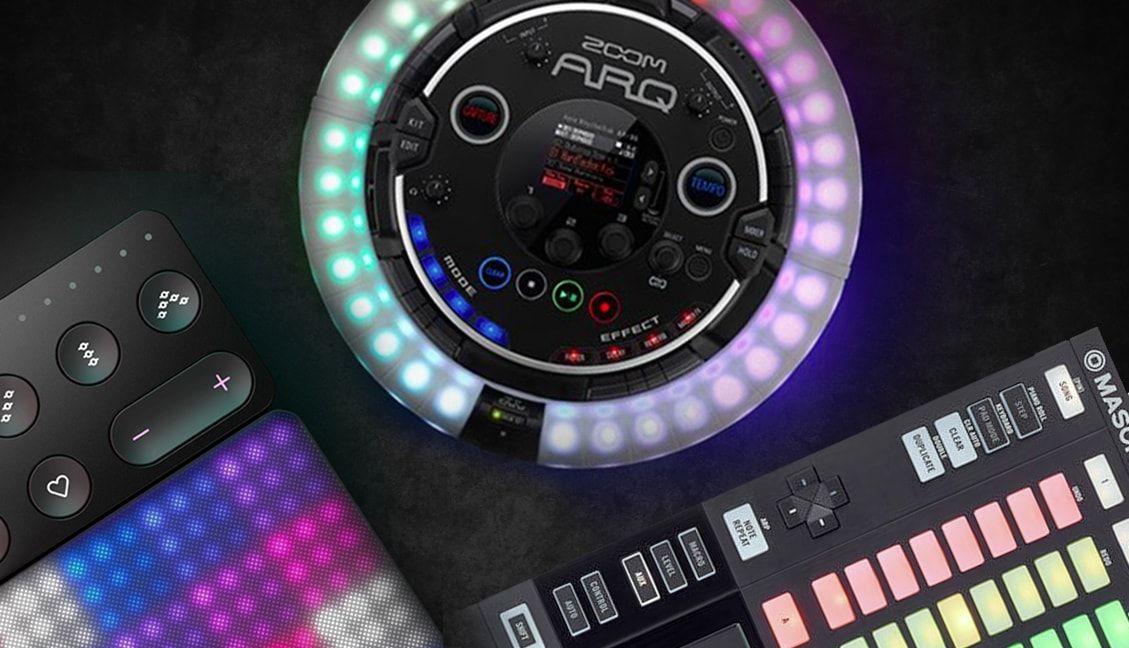Two of the most interesting pieces of production gear we got to get our hands on at the NAMM show were the ROLI Seaboard Rise and Grand models, with the latter having just been released earlier this week. These are incredible-feeling instruments with unique touch controls that go way beyond a typical keyboard – keep reading for details.
Seaboard Rise
The Seaboard Rise is a highly expressive MIDI controller built on a classic interface – the keyboard. Think of it as a piano you can play like a guitar (pitch bends and slides) with the modulation options of MIDI controller. By design, the keyboard forces you to make modulation a natural part of two-handed playing and not an afterthought. You (as the creator) can choose what to modulate, which is where we can see this instrument becoming really fun. For instance, vertical movement along a piano key could control filter cutoff, reverb time, FX dry-wet, or anything you could imagine!
Control on the Seaboards are all based around five dimensions of touch:
- Strike – velocity
- Press – aftertouch
- Glide – horizontal movement on piano key (i.e vibrato)
- Slide – vertical movement on a piano key
- Lift – the speed of liftoff from key
While high-end MIDI keyboards already offer a few of these features, ROLI makes these features much more playable while also enabling more modulation possibilities. The critical design difference is that modulation is literally only a fingertip away, not all the way off to the left side of the keyboard, like your typical mod wheel.
The Seaboard Details
Both ROLI Seaboards come bundled with their soft synth, Equator, which already takes full advantage of the 5 dimensions of touch. Equator is as a standalone app, AU and VST plug-in so using the synth-keyboard combo with your DAW – Ableton, Logic, Cubase, etc is easy. From first impressions, Equator doesn’t seem like the standout choice for your typical house music lead sound, but does seem like a compelling option for more organic or hybrid electronic-acoustic sound types.
If not using the included synth, you will have to do some mapping yourself to really take advantage of the keyboard’s expressive features, and yes, of course the keyboard works with Komplete, Massive, Sylenth, etc. There are some parallels here to the early controllerism days – if you can imagine it, you can map it, and with a little trial and error the result will sound really cool.
Final Thoughts
There’s no way to tell just by looking at photos on the internet, but the Seaboards are a lot heavier than they appears and the silicon material used for the keyboard surface feels very luxurious. At $799 for the 25-key, $1,199 for the $49 key, and $2,199 for the 61 key, it’s really no impulse purchase. That said, if you’re a competent player already involved in the digital music world this really would make the digital world feel more expressive.
A similar expressive controller worth checking out would be the Linnstrument. Want to see more cool stuff from NAMM? Check out our full article coverage here or scope the DJTT Instagram.



![ROLI’s Seaboard RISE 2: seamless integration into the expressive world of MPE [REVIEW]](https://s11234.pcdn.co/wp-content/uploads/2023/11/Screenshot-2023-11-16-at-5.02.41-pm.png)





